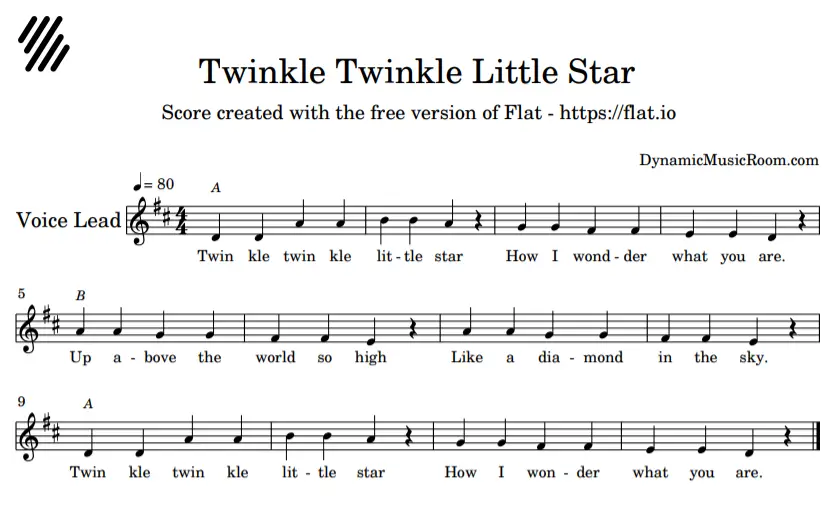[Q3] MUSIC - MUSICAL FORMS (BINARY, TERNARY, RONDO)
[Q3] MUSIC - MUSICAL FORMS (BINARY, TERNARY, RONDO)
Exploring Musical Forms: Binary, Ternary, and Rondo
By: PJ MIANA
Music is like a magical journey that takes us on different
paths, each with its own twists and turns. Just like a story has its structure,
music also follows certain forms that help organize the sounds we hear. Today,
we're going to embark on an exciting adventure to discover three important
musical forms: Binary, Ternary, and Rondo.
1. Binary Form:
Imagine splitting something into two equal parts – that's
what binary form does in music! It's like having two sections, each with its
own unique melody and character.
Example: "Twinkle, Twinkle, Little Star"
- A Section: "Twinkle, twinkle, little star, how I
wonder what you are."
- B Section: "Up above the world so high, like a
diamond in the sky."
In binary form, the A section presents the main musical idea, and the B section brings in something different, creating contrast. After both sections are played, the music often returns to the A section again, like coming back home after an adventure.
2. Ternary Form:
Ternary form is like a musical sandwich – it has
three parts! Just like binary form, it has an A and a B section, but there's a
twist: after the B section, the music goes back to the A section, making a neat
three-part structure.
Example: "Für Elise" by Ludwig van Beethoven
- A Section: The famous opening melody.
- B Section: A contrasting middle section.
- A Section (repeated): The opening melody returns to close
the piece.
Ternary form is like telling a story with a beginning, a
middle, and an end. The middle part often provides excitement or tension before
returning to the familiar A section.
3. Rondo Form:
Rondo form is like a musical merry-go-round – it
keeps coming back to a main theme after visiting different musical adventures.
Unlike binary and ternary forms, a rondo doesn't have just two or three parts –
it has many!
Example: "Rondo Alla Turca" by Wolfgang Amadeus
Mozart
- A Section: The main theme that keeps returning.
- B, C, D, etc., Sections: Different musical adventures with
new melodies and rhythms.
- A Section (repeated): The main theme returns to wrap up
the piece.
Rondo form is full of surprises – each time the main
theme comes back, it might sound a little different because of the new musical
adventures in between.
Conclusion:
Understanding musical forms like binary, ternary, and rondo
helps us appreciate the structure and organization of music. Just like knowing
the chapters in a book helps us follow the story, knowing these forms helps us
follow the musical journey. So, next time you listen to your favorite song, see
if you can spot which form it follows – you might discover a whole new layer of
magic in the music!
Mag-aral Magplay ng Ukelele! Buy this book!!!


Comments
Post a Comment